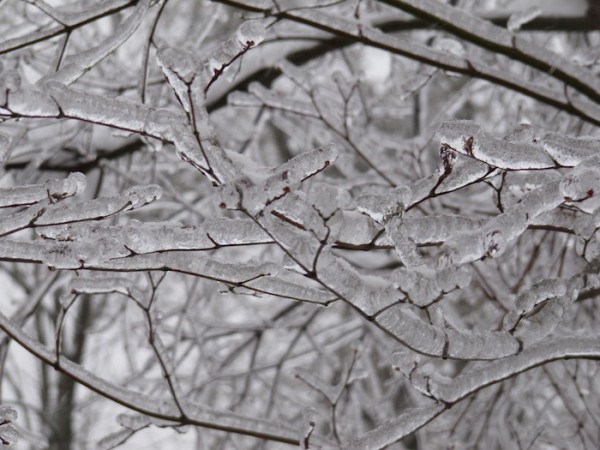Ice Removal Tips For Your Home
We’ve had an unbelievably frigid start to the year with temperatures dipping well below freezing in New Jersey. Aside from the arrival of the sniffles and colds, these bitter temperatures mean ice.
Ice is one of the worst things you can have on your sidewalk or driveway. You could get seriously injured if you slip and fall on the ice as you’re stepping out to get the newspaper. Or an icy driveway could cause you to skid out of control and potentially slide into your house.
To prevent any injuries or unnecessary accidents, we’ve compiled these tips on how to clear ice from your property.

Prevention is key
Ice is not always preventable, but there are a few things you can do after a snow storm to reduce the amount of ice and builds up. Be aware of where you pile your excess snow after shoveling. Piles of snow can melt and leave puddles around it, which can turn into ice overnight.
Clear ice during the day
A difficult time to clear ice is when it’s really cold in the morning. Wait until the temperatures have risen a little in the day because it makes ice easier to deal with.
Protect yourself when clearing ice
Removing ice from the ground can be physically demanding, which is why you should know your limitations and protect yourself. Wear supportive gear and warm clothing. Ask a doctor whether you’re able to clear snow and ice if you have health problems.
Chop up ice with an ice breaker
For tough ice, get an ice breaker to shatter larger pieces into more manageable bits.
Use a snow melt product
There are many chemicals and products out there that remove ice from sidewalks and driveways. You want to be very careful about what you use and where. Some products damage concrete or stone walkways. Others are extremely bad for the environment.
Spread sand for traction
While there is a wide belief that sand helps melt ice, it actually does not. The reason you would want to use sand is to create traction so passersby and your car don’t slip and slide. You should use sand sparingly and only when ice is prevalent. Sand goes into the drain after the ice melts, which is harmful to the environment in large amounts.
For more information about the snow and ice removal services we offer, contact us today.


